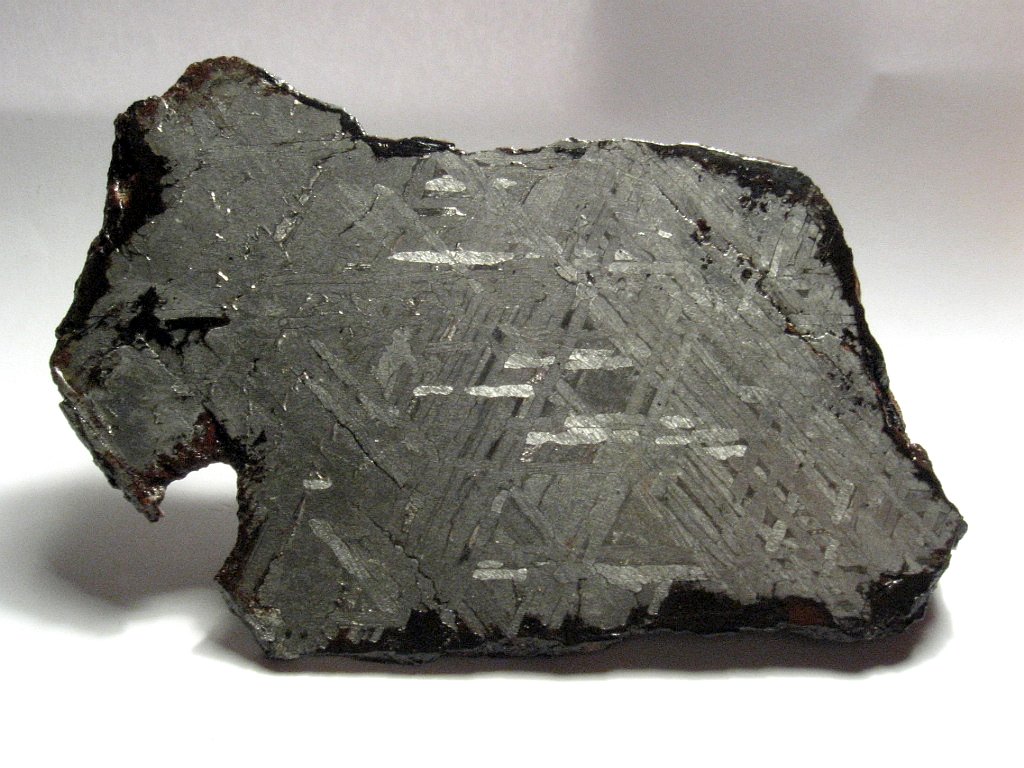Astronomers believe that they have solved the mystery of the magnetization of some iron meteorites. This effect could be caused by collisions of asteroids from which they were formed. During them there is a dynamo effect.

Where does the magnetization of meteorites come from
Two scientists from Yale University have published a study in which they claim that during collisions of iron asteroids, sufficiently powerful and long-lasting magnetic fields can occur. This may explain why some meteorites that contain a lot of metal have traces of magnetization.
There is nothing surprising in the fact that iron-bearing rocks on Earth have such traces. Inside our planet, there is a core that rotates faster than the rest of the planet, which creates a dynamo effect. It, in turn, creates a magnetic field, which leads to changes in the structure of materials.
Venus, Mercury and some of Jupiter’s moons have the same magnetic field. And Mars and the Moon once had it, but it disappeared when the cores of these planets cooled down. That is why it is quite natural to find magnetized rocks on them. But most of the iron meteorites appeared as a result of asteroid collisions. They never had a core and, as a result, a powerful magnetic field. So where did the traces of magnetization on meteorites come from?
Asteroid collisions
“I had been aware of this puzzle for some time,” says Zhongtian Zhang, a graduate student in the Department of Earth and Planetary Sciences at Yale University and the first author of the study. “When I first came to Yale and discussed potential research directions with Dave, one of the papers he sent me was about the observation of paleomagnetism in iron meteorites.”
The scientist solved it thanks to the research that he conducted earlier. It concerned asteroids of the “rubble-pile” type. They are formed when, after collisions, debris under the influence of gravity gathers together, but does not bond. Such bodies, for example, include the well-known asteroid Bennu.
Scientists thought that with metallic asteroids, everything could happen the same way. They built a model according to which, when collecting fragments together, those that contain more metal would end up in the center and form a relatively cold core. And outside there will be layers of lighter material in the molten state.
And it is precisely in the process of selection by the cold core of heat from the outer layers that the dynamo effect can occur. This process can last for millions of years until the asteroid cools completely and the core activity decreases.
It is during this period that rocks on it can acquire magnetization, which we can observe even after they break off, travel in space for a while, and then fall to earth like meteorites.
The researchers admit that their model has certain problems. In particular, it requires that the debris be of a certain size. If they are too large or too small, then the expected effect will not occur.
According to phys.org.
Follow us on Twitter to get the most interesting space news in time
https://twitter.com/ust_magazine

